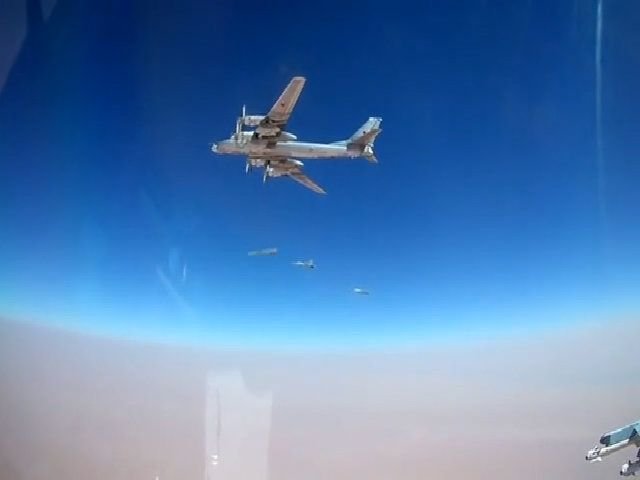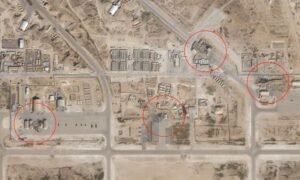
'Nuclear bear' Tu-95 - bomber trusted by Russia for more than 60 years 0
The ‘point and shoot’ system on the Russian Tu-95MS bomber
Tu-95MSM bombers attack targets from 1,000 km away
Tupolev Tu-95 (NATO designation: Bear) is one of the most successful bombers in the history of Soviet and Russian aviation, possessing a service life of up to 61 years with many variants performing other roles.
Development of the Tu-95 bomber began in the early 1950s, after the Tu-4 medium-range bomber began mass production.
Many designs were proposed, including a Tu-4 variant and a new piston-engined aircraft.
The Tupolev design bureau did not support the development of bombers equipped with turbojet engines.
The wing design of the Tu-95 was built based on the experience that OKB Tupolev and the Central Aerodynamics Institute (TsAGI) gained when creating the Tu-16 bomber.
Each Tu-95 turboprop engine operates two counter-rotating coaxial propeller assemblies.
After considering Tupolev’s proposals, the Soviet government approved the project to develop the Tu-95 bomber.
The second prototype named `95/II` equipped with a TV-12 engine shipped in June 1954.

Tu-95MS bomber launches training sortie
Tu-95MS bomber launches training sortie
The first Tu-95 version is 46.2 m long, 12.1 m high and has a wingspan of 50.1 m.
The aircraft has an empty weight of 90 tons, carrying 15 tons of weapons, including nuclear bombs, Kh-20 nuclear cruise missiles, Kh-22 supersonic anti-ship missiles and Kh-22 long-range cruise missiles.
The crew normally has 7 people, including two pilots, flight engineer, liaison, navigator, tail gunner and reserve navigator.
The Tu-95 was continuously used by the Soviet and Russian air forces for 61 years, despite many newer bombers being designed, staffed, and completely decommissioned.
The original mission of the Tu-95 was to drop unguided nuclear bombs.
Not only is it a powerful aircraft, the Tu-95 also became a symbol of the Soviet Union in particular and the Cold War in general.
However, this bomber has never experienced real combat before 2015. It is often deployed for strategic patrol missions, including access to US airspace.
In November 2015, nearly 60 years after its official commissioning date, the Tu-95MS bomber participated in actual combat for the first time when it launched a series of cruise missiles at rebel positions in Syria.

Tu-95MSM carries Kh-101 stealth cruise missiles under its wings.
The Russian military operates a diverse fleet of strategic bombers, with many modern aircraft models such as the Tu-22M3 and Tu-160.
This helps maintain the strength of the Tu-95 fleet for many years to come, especially in patrolling the Pacific and Atlantic oceans, the mission of demonstrating strategic presence, requiring easily recognizable aircraft.







